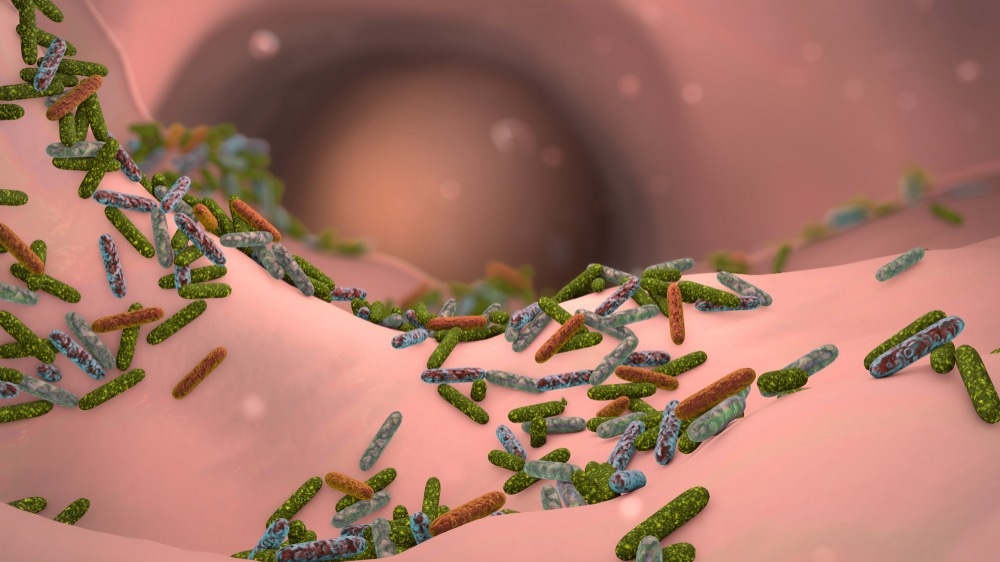Researchers at Cedars-Sinai have created a way to determine the human gut microorganisms that are most likely to cause a variety of inflammatory disorders, including obesity, liver disease, inflammatory bowel disease, cancer, and several neurological conditions.

Image Credit: Nathan Devery/Shutterstock.com
The method makes use of a blood protein that can identify gut microbes that have compromised the gut barrier and activate immune cells all over the body. This discovery could pave the way for new treatments that specifically target inflammatory gut microbes.
The study was published in the peer-reviewed journal Science Translational Medicine.
Microbes crossing the gut barrier usually causes inflammation and activation of the immune system, which are key features of many inflammatory diseases. By understanding which specific microbes are crossing the gut and causing inflammation in a disease, we then can devise methods to get rid of those microbes to stop the disease.”
Ivan Vujkovic-Cvijin PhD, Study Senior Author and Assistant Professor, Department of Biomedical Sciences and Gastroenterology, Cedars-Sinai Medical Center
While immunological over-activation-related disorders are thought to be largely influenced by the gut microbiota, many of these illnesses also affect other organs. There are currently few methods for determining which gut microorganisms have passed the gut barrier and triggered immune cells outside of the gastrointestinal tract.
Researchers at Cedars-Sinai and the National Institute of Allergy and Infectious Diseases employed human serum, the fluid found in the blood that includes all of an individual’s antibodies, to measure immune responses to gut microorganisms to develop a more precise method.
Researchers can better comprehend the overall body immune reactions to all gut microorganisms by using human serum, which helps them determine whether particular microbes are causing immune activation in various disorders.
To determine the amount of antibodies present against each gut bacteria, the scientists computed an IgG score using high speed sequencing.
Bacteria can migrate out of the gut into other tissues with pleiotropic effects we have yet to fully understand. Therefore, we need new ways to assess translocation non-invasively.”
Suzanne Devkota PhD, Study Co-Author and Associate Professor, Division of Gastroenterology, Cedars-Sinai Medical Center
Researchers used this method to study inflammatory bowel illness and discovered many bacteria that the immune system specifically targeted when compared to healthy controls. Several intestinal bacteria, such as Collinsella, Bifidobacterium, Lachnospiraceae, and Ruminococcaceae, were included in this.
Many of the bacteria we identified haven’t been thought of as potential causative drivers of this disease. This microbial activity is likely relevant to disease progression and may represent a viable therapeutic target.”
Ivan Vujkovic-Cvijin PhD, Study Senior Author and Assistant Professor, Department of Biomedical Sciences and Gastroenterology, Cedars-Sinai Medical Center
The research team aims to find out more about the mechanics of the particular gut bacteria that were identified as prospective targets.